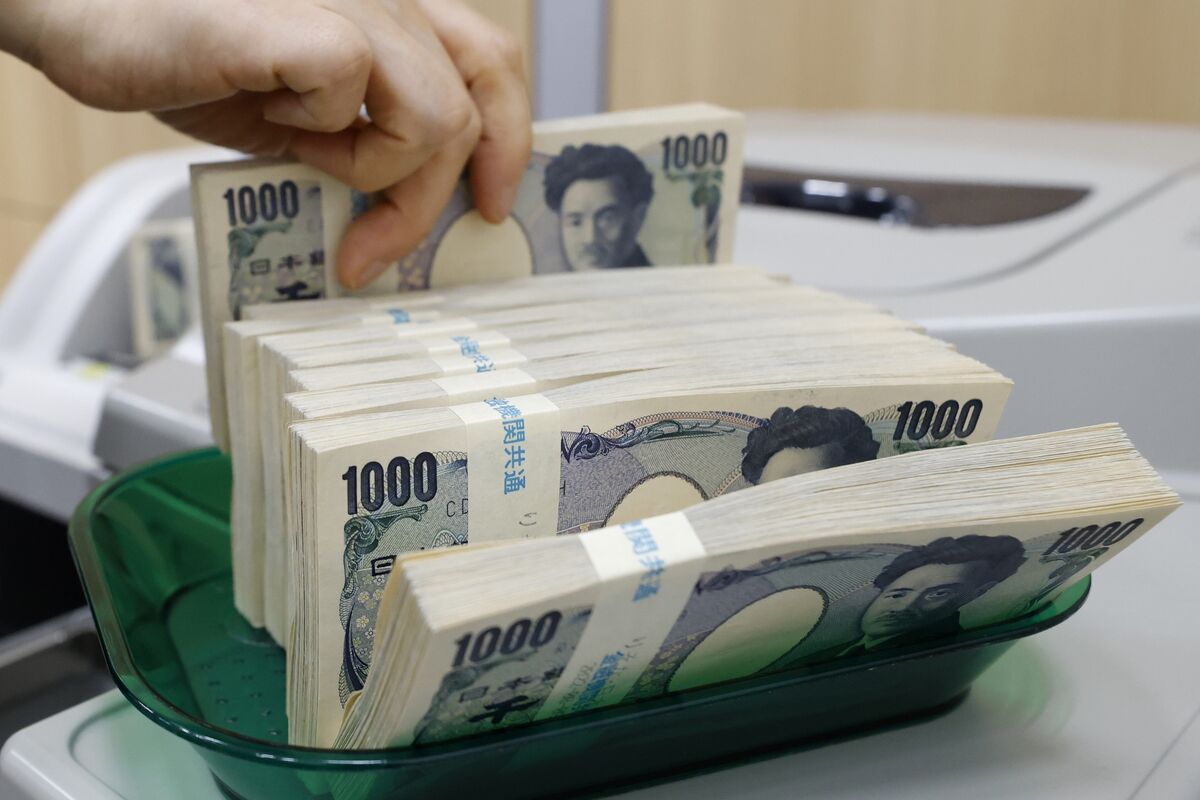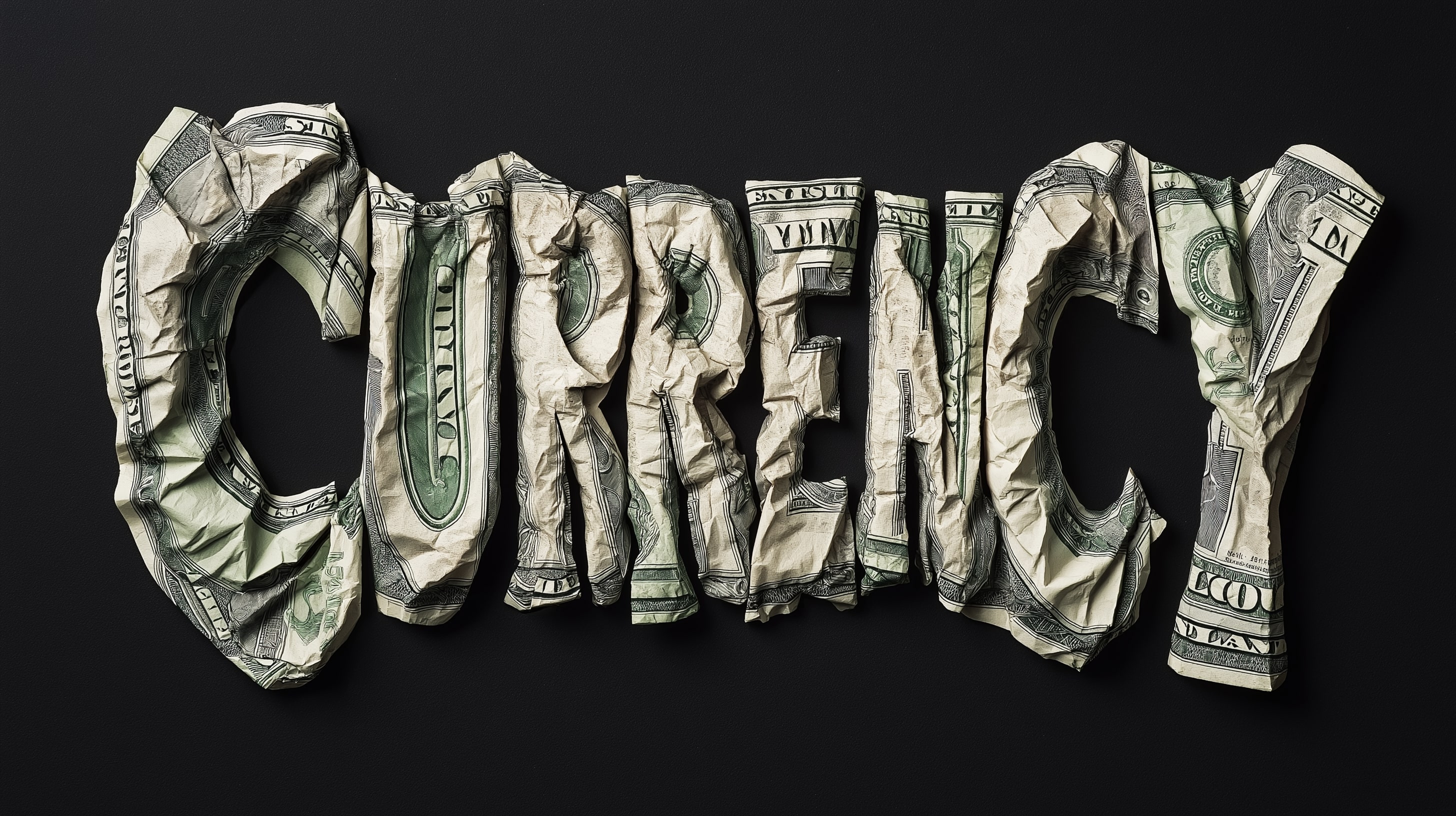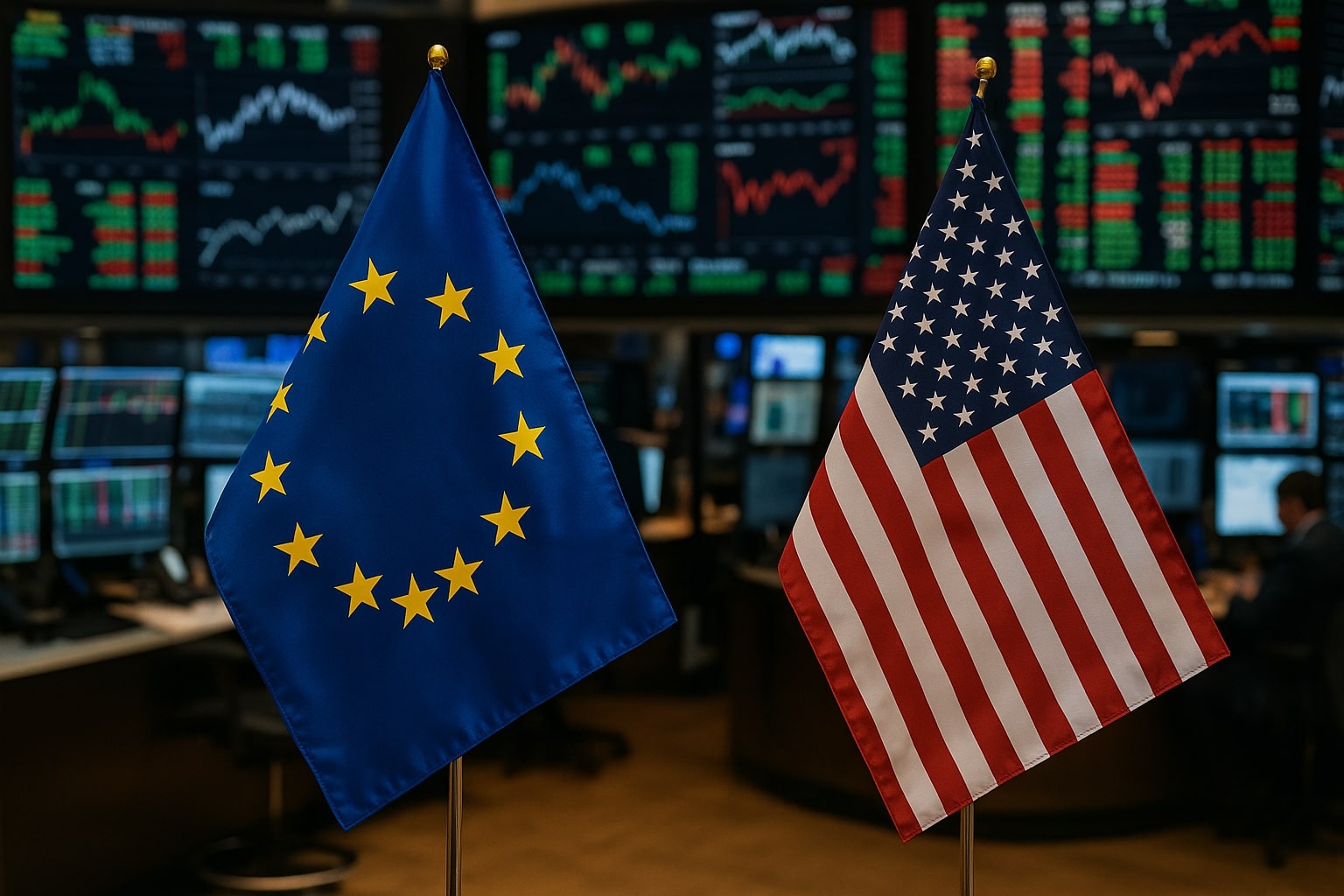
Yen Bulls Eye Significant Rally Amid Fed's Pause and Dollar Weakness
Japanese Currency Poised for Double-Digit Gains Amid Narrowing Interest-Rate Differential and Concerns Over US Banking Sector
Yen bulls are anticipating a significant rally in the currency following the Federal Reserve's recent indication of a pause in its aggressive tightening campaign. Major banks, including UBS Securities and Credit Agricole CIB, project that the Japanese currency could appreciate by approximately 10% against the dollar by year-end. This anticipated increase is due to a narrowing interest-rate differential and growing concerns about the US banking sector.
The Dollar Spot Index declined for the third consecutive day after the Fed announced a 25 basis point increase in interest rates, hinting at a pause in June. Simultaneously, fears about the health of US regional banks resurfaced when shares of PacWest Bancorp plummeted following the announcement that the company was exploring various options, including a potential sale. David Forrester, a Singapore-based strategist at Credit Agricole, explained that Japanese banks are considered an alternative safe haven to their US counterparts, as the former's exposure to rising global rates is protected by the Bank of Japan's (BOJ) yield-curve-control policy.
On Thursday, the yen strengthened by up to 0.4% to 134.15 per dollar, almost erasing losses caused by the BOJ's decision to maintain its ultra-loose monetary policy last week. This dovish stance from Japanese officials led some experts to predict the currency could weaken to 140 per dollar in the coming weeks. However, UBS argues that the Fed's decision carries more weight, as the yen is likely to be the primary beneficiary of a pause in US interest-rate hikes. UBS forecasts the Japanese currency to reach 120 per dollar by year-end, while Credit Agricole predicts it will hit 122.
According to Vassili Serebriakov, an FX and macro strategist at UBS in New York, the next key catalyst for the Japanese currency will be Friday's US non-farm payrolls data. Traders may sell the dollar if the numbers are weaker than anticipated. Serebriakov states that while a potential pause in the Fed's tightening cycle doesn't necessarily imply imminent rate cuts, another round of US dollar weakness is expected. With the US economy losing its growth advantage and the rate premium likely to narrow, investors are advised to hedge their dollar exposure, favoring the Australian dollar, the yen, and gold.
The DXY dollar index has dropped 11.1% since reaching a 20-year high in late September, falling towards a one-year low after the Federal Reserve signaled a pause in its most aggressive tightening cycle since the 1980s. However, a pause doesn't mean the Fed is prepared for a rate cut. It is still believed that the greenback will continue to weaken against key currencies over the next 6–12 months, remaining a least preferred currency.
Fed Chair Jerome Powell emphasized the importance of economic data in the Fed's future decisions during the press conference following the FOMC meeting. He stated that the current monetary policy stance was tight enough, or nearly tight enough, to bring inflation back down to the central bank's 2% target over time. He also clarified that any future moves would be determined on a meeting-by-meeting basis. Notably, the Fed removed wording from its May meeting statement that suggested "additional firming may be appropriate."
The challenging economic backdrop is expected to erode the US growth premium. The ISM Manufacturing Purchasing Managers' Index remained in contraction territory for the sixth consecutive month in April, and US GDP growth for Q1 slowed more than anticipated to an annualized pace of 1.1%. This deceleration was due to sluggish business investment and a reduction in inventories. With the lagged effects of 500 basis points of rate hikes continuing to impact the economy and tightening credit conditions resulting from stress in the banking system, US GDP growth is projected to slow further. This slowdown should contribute to a decreasing growth differential between the US and other developed nations, creating a headwind for the dollar.
Meanwhile, other major central banks still have work ahead of them. The European Central Bank (ECB) raised rates by 25 basis points last Thursday, with President Christine Lagarde cautioning that there was "more ground to cover." She emphasized that the ECB was "not pausing." Eurozone inflation increased for the first time in six months, reaching 7% year-over-year in April, up from 6.9% in March.
Earlier in the week, the Reserve Bank of Australia (RBA) also raised cash rates by 25 basis points to 3.85%, citing a tight labor market and elevated services and energy inflation. RBA Governor Philip Lowe reiterated that "some further tightening of monetary policy may be required" when discussing the outlook. Conversely, the Bank of Japan removed references to the need to guard against risks from the pandemic in its statement last week and dropped expectations for "short- and long-term policy interest rates to remain at their present or lower levels." It is believed that the Asian central bank will ultimately join its G10 peers in tightening its ultra-loose policy.
In light of these developments, further US dollar weakness is expected. Investors are advised to hedge their long USD exposure in anticipation of another round of broad USD weakness. The Australian dollar and Japanese yen remain the most preferred currencies in the global foreign exchange strategy, with relative value seen in the euro, Swiss franc, and British pound. Gold is also expected to perform well in the near term, with forecasts placing the precious metal at $2,200 per ounce by March 2024.
















